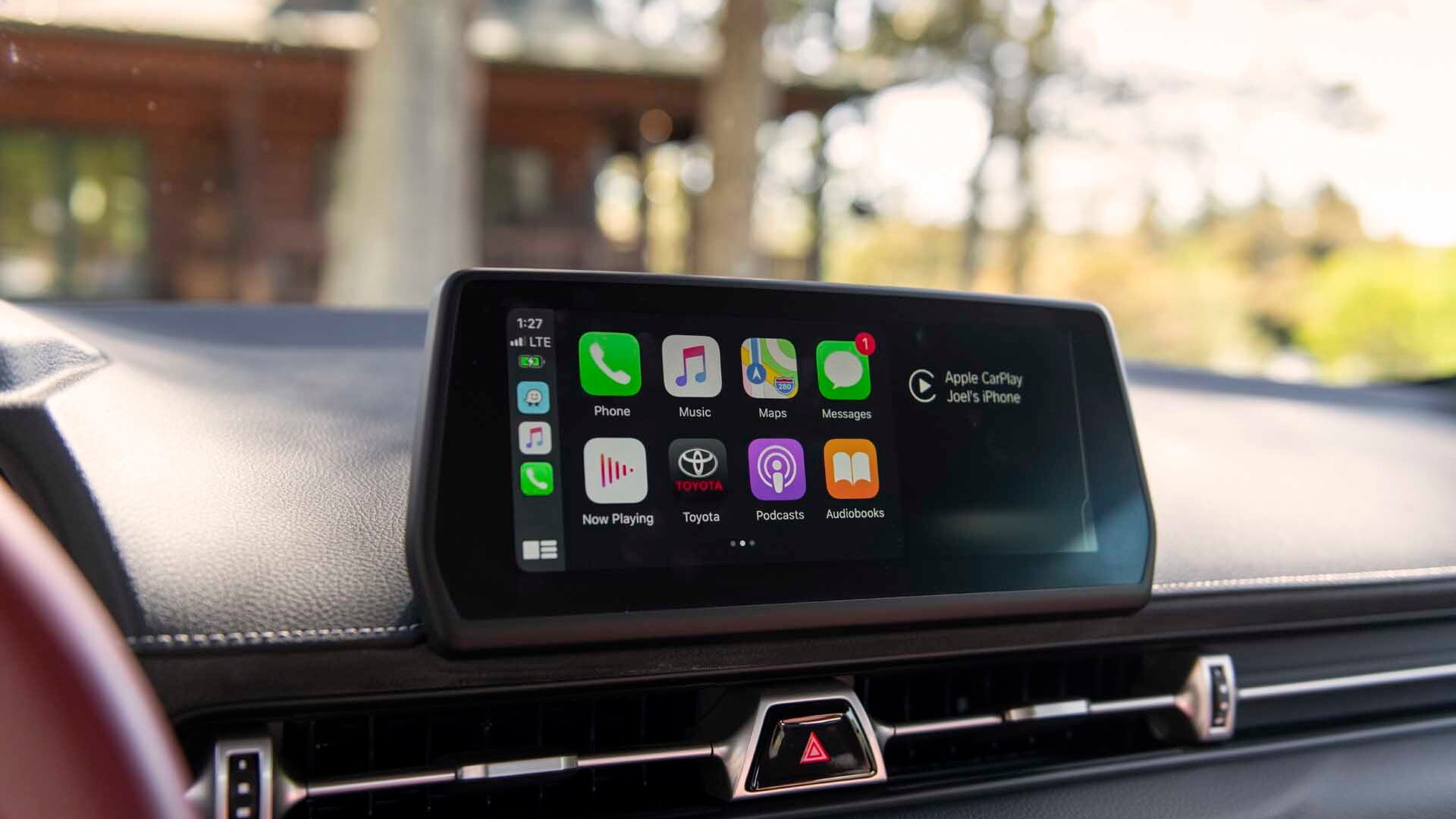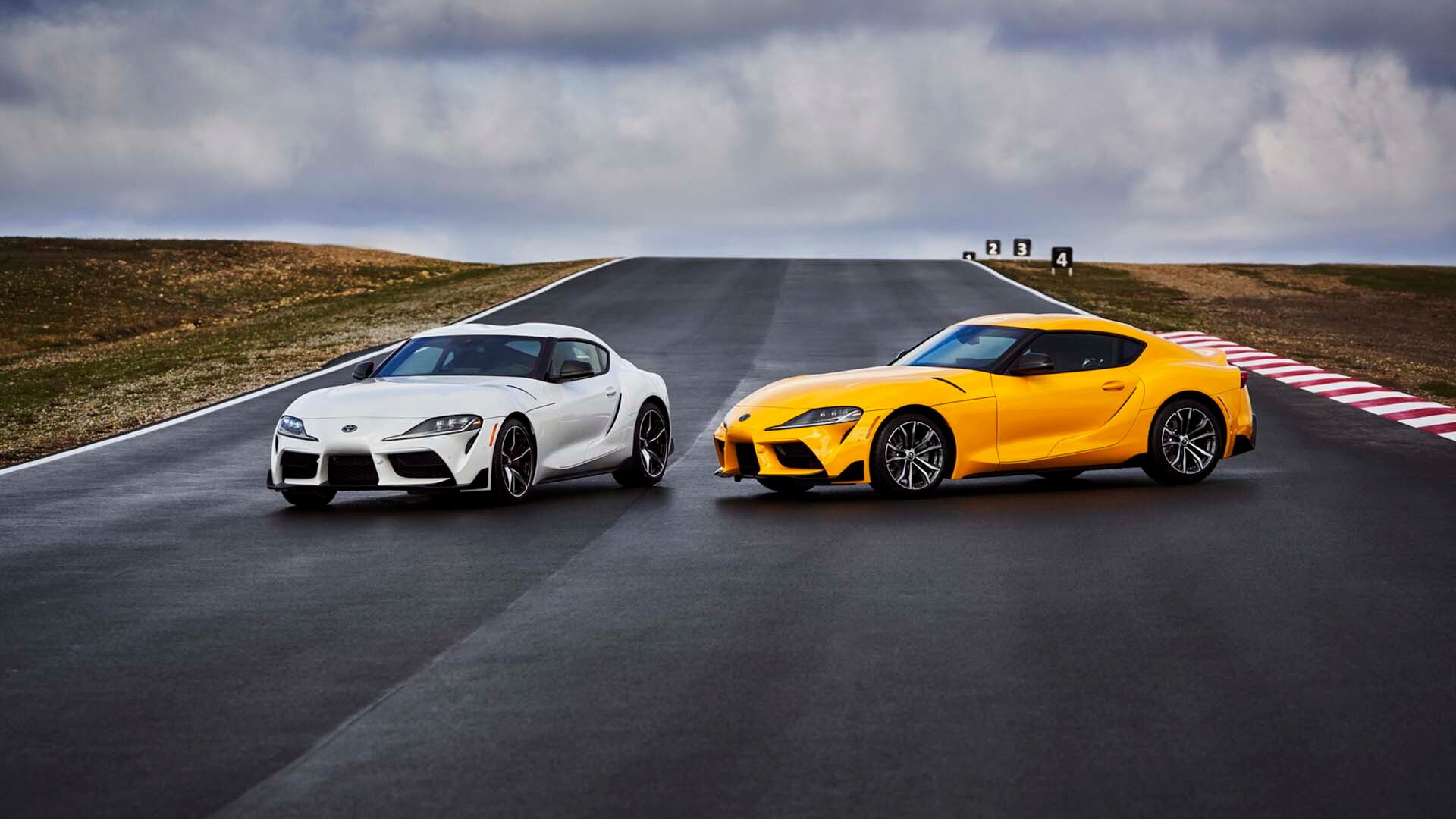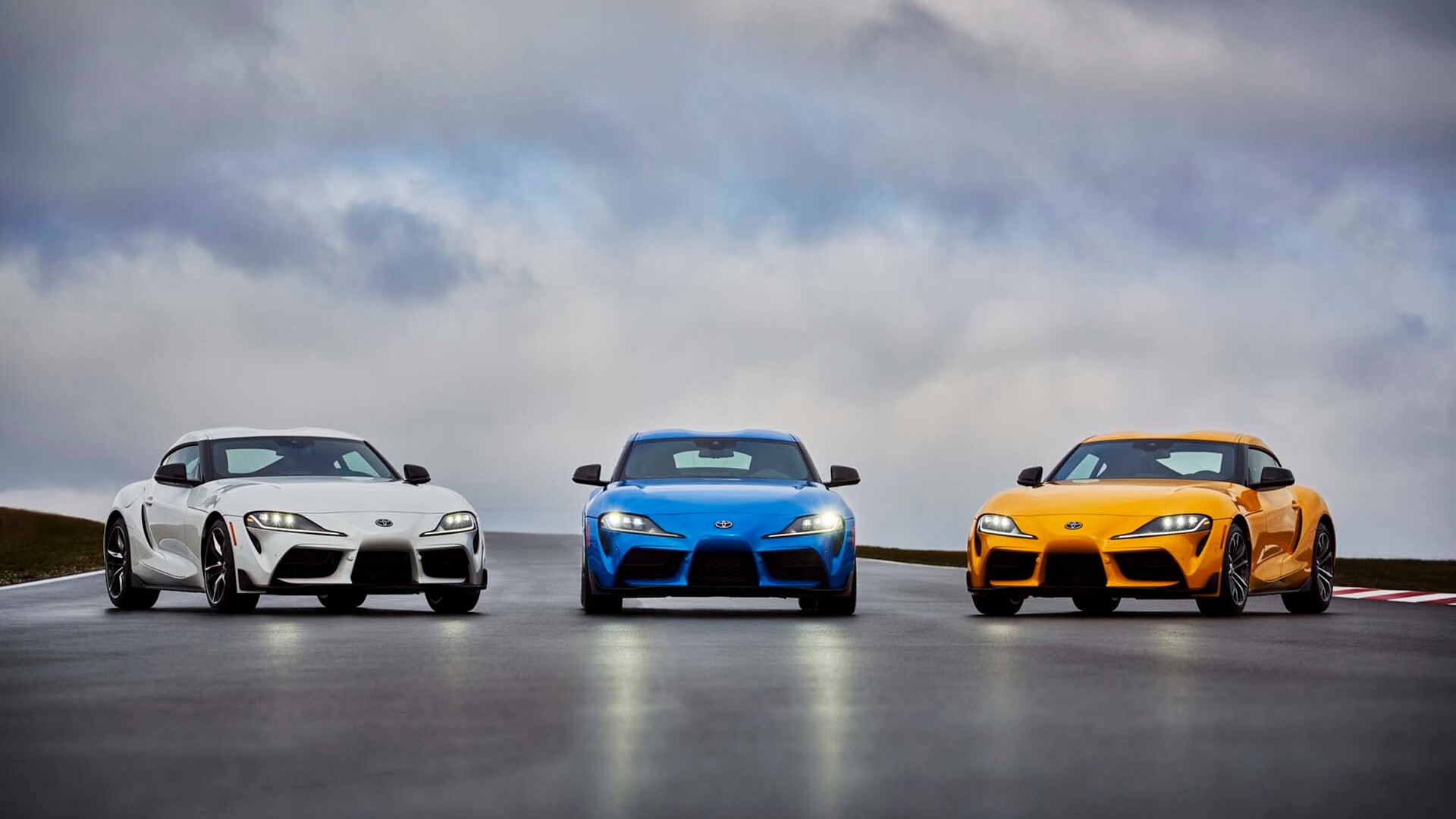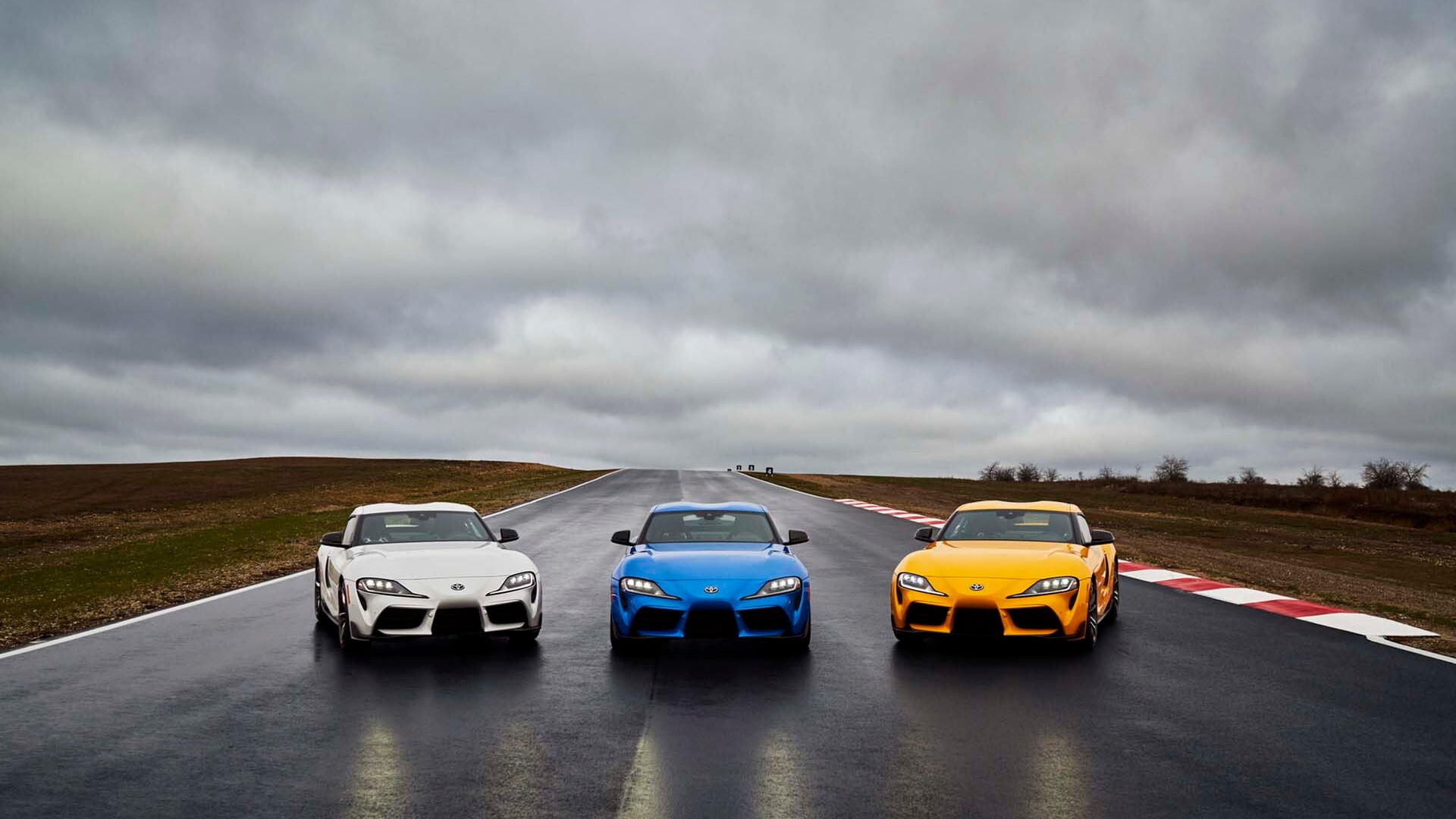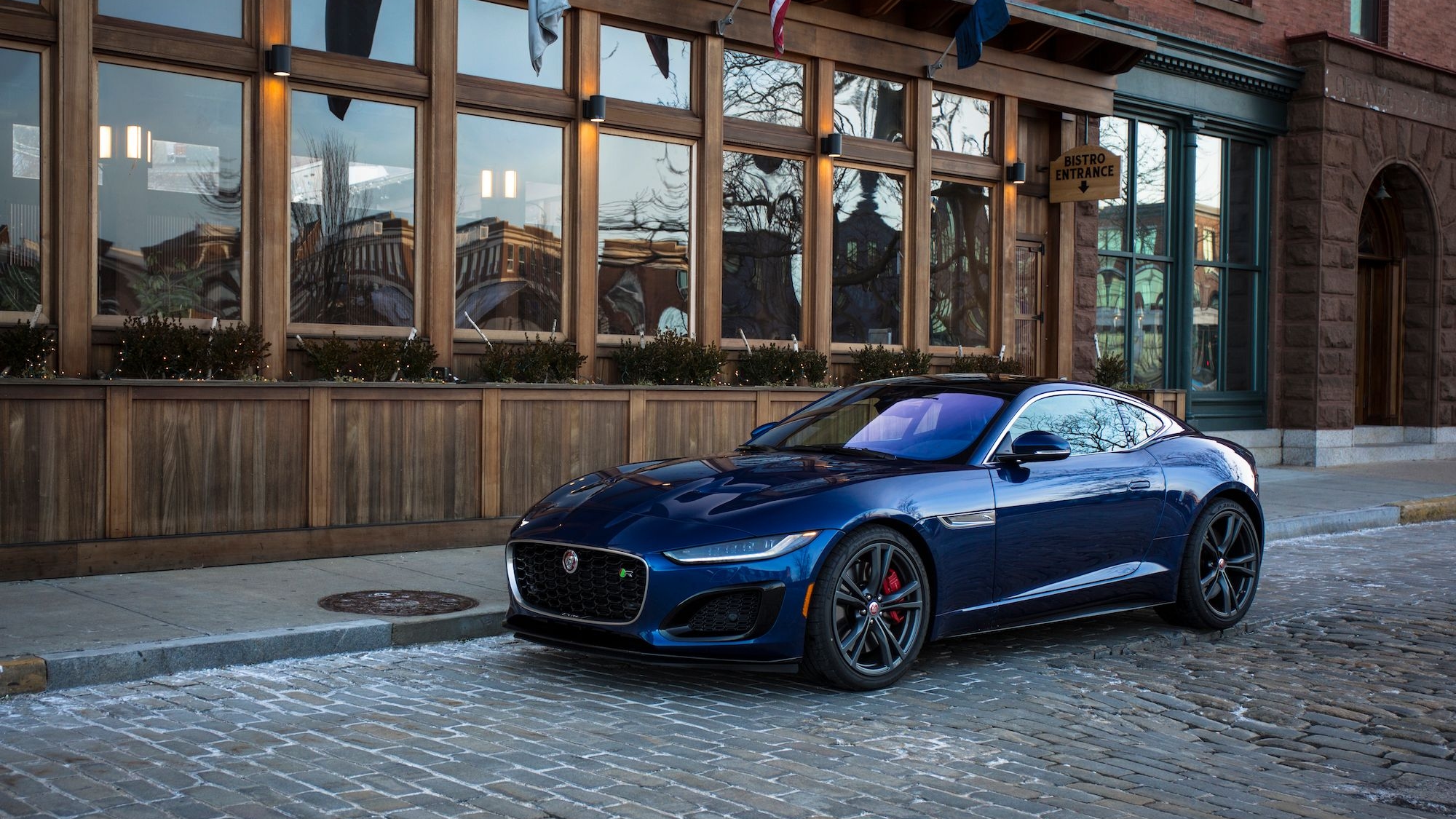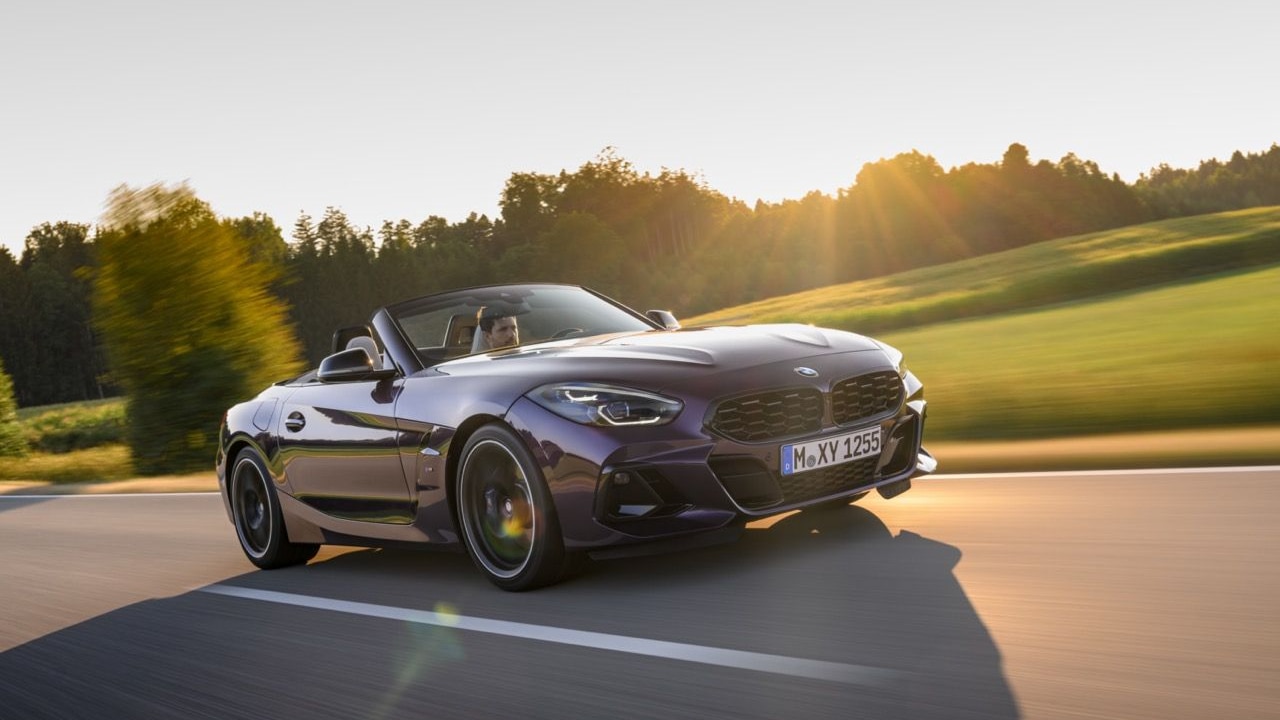When I spin the tires of the 2021 Toyota Supra 2.0 on the cobbled path that runs along Florida 399, it’s by mistake. It’s barely dawn, and I don’t want anyone to know I’m about to escape the orbit of the little town where I’ve sheltered in place. The only contact I plan on making is with tire patch and pavement, but it still looks as if I’m about to experience a rare few hours of freedom. Like toilet paper and yeast, that’s in short supply.
I’ll escape twice. There’s a Supra 3.0 waiting for a back-to-back comparison, but for a baseline I choose the turbo-4 Supra 2.0 as my first weapon. New this year, the turbo-4 Supra adds a cheaper, less-powerful model to the revived nameplate, and though it loses a couple cylinders and some handling hardware, it’s better for it. Of the duo of Supras, turbo-4 and turbo-6, it’s the one I want.
2021 Toyota Supra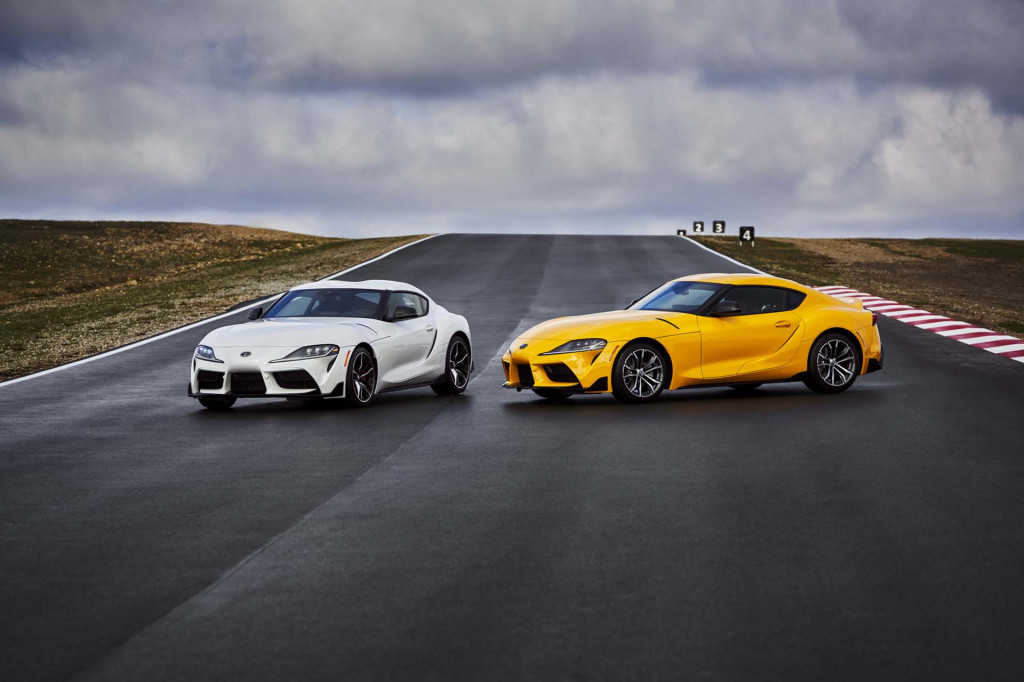
Four versus six
Pensacola dissolves quickly to the north into farmland that could double as a lunar landscape. It’s nearly devoid of people. This test drive already feels like an Apollo mission when I ping our work Skype for questions like, “how’s it not a neutered Supra, or a fixed 86?” Now it’s living up to that image. I go miles before another car crosses the path I scythe toward lower Alabama.
I can choose from a dozen straight lines to press the Supra’s acceleration, and the 2.0-liter turbo-4 wants for little. With 255 horsepower and 295 pound-feet of torque sent to the rear wheels via an 8-speed automatic, it’s equipped to rip 0-60 mph runs in a conservative 5.0 seconds, and to claw to a 155-mph top end.
Here’s where the “neutered” question comes in: The Supra 3.0 soars in net horsepower this year, up 14 percent to 382 hp. Its 0-60 mph time has ticked down from 4.1 to 3.9 seconds. Does a 1.1-second difference between the two make that big a difference? When I repeat the loop with the turbo-6, the Supra 3.0’s uprated power seems nearly imperceptible in daily use.
The turbo-4 Supra shrugs off the idea that a 5.0-second 0-60 mph run is slow. I can’t find much to take to task, other than its grotty soundtrack. The Supra 3.0’s turbo-6 sounds like the long-lost fifth member of ABBA, and the turbo-4...does not.
2021 Toyota Supra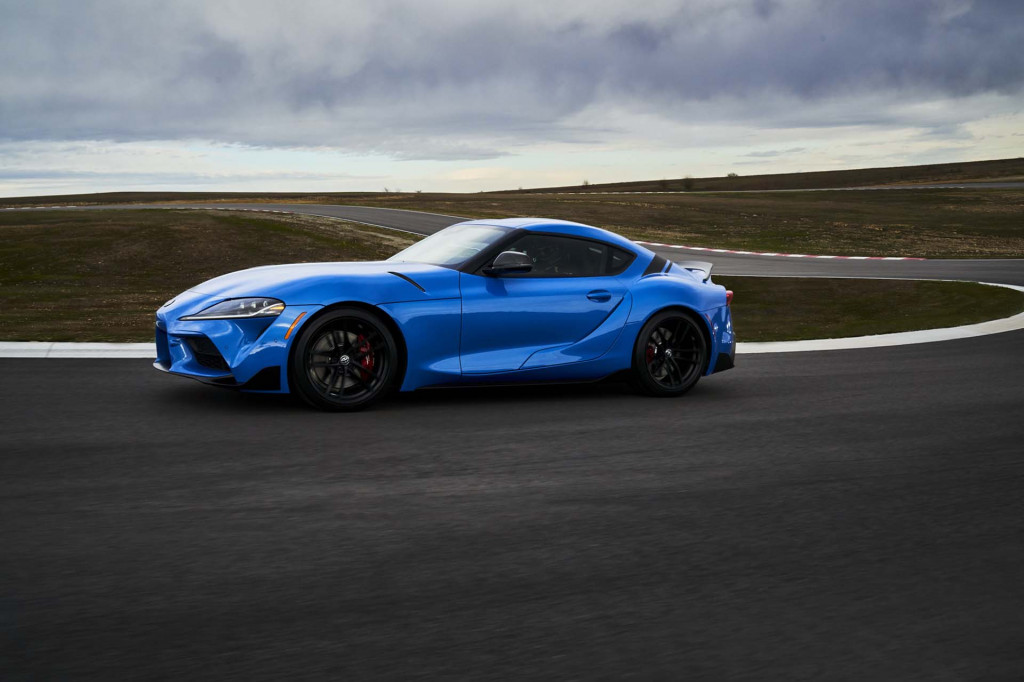
The 90-degree handling test
The Supra 3.0 bristles with a raft of refinements to its damping and electronically controlled limited-slip differential’s software. When we drove it during our Best Car To Buy 2020 throwdown on Atlanta Motorsports Park, we found it wasn’t the track car we hoped it would be, with a side-to-side chatter between the rear wheels generated by a fidgety electronically controlled limited-slip differential. Tail-happy can be fun, but the Supra wouldn’t settle down into reliably tail-happy.
Toyota may have solved the less-than-enchanting handling issue we noted on the track with aluminum strut-tower braces and new tuning for all the electronic handling hardware, but I can’t tell you for sure. Toyota had planned a track day at Road Atlanta to show off the upgrades, but canceled it due to the pandemic. Rural Florida may be the worst place on Earth to evaluate a sports car’s handling, with its strings of small towns connected by arrow-straight lines and occasional 90-degree turns. Off-kilter? We have that, but there's nothing off-camber about the state of Florida, unfortunately.
The 10/10ths test of the new Supra has to wait. For now, I can say the Supra 2.0 feels lighter and more attuned to the road, because it is. It chucks the adaptive dampers and e-diff entirely, along with a couple hundred pounds of weight—3,181 pounds, versus 3,400 for the Supra 3.0, all done through smaller 18-inch wheels, single-piston brake calipers, and, on zero-option cars, manual seats and six fewer speakers.
Divorced from its adaptive dampers and electronic diff, the Supra 2.0 seems happy.
The five-link rear suspension, quick steering, and stiff ride elevate the base car’s game, while electronic controls for the rear end and the damping muddy the 3.0’s otherwise slot-car moves. The Supra 2.0 trades compliance for predictability: Its broken-road ride could churn cream into butter, but it slides smoothly through corners with entertaining leeway before stability control gets interested. I feel comfortable rotating this car on some of those 90-degree bends that connect farm roads, without fear I’ll rotate right into the early satsumas and late kale that hasn’t wilted yet in the strong sun.
This Supra lets its German genes shine through in the connection between sport steering effort, shift timing, and power onset. It's spot-on BMW, and its smaller tires and linear power makes it feel like the car that the 6-cylinder and the 86 should be—low, bratty, and lithe. After two 100-mile loops, I decide that’s how I feel, and that I’m not just huffing freedom vapors.
2021 Toyota Supra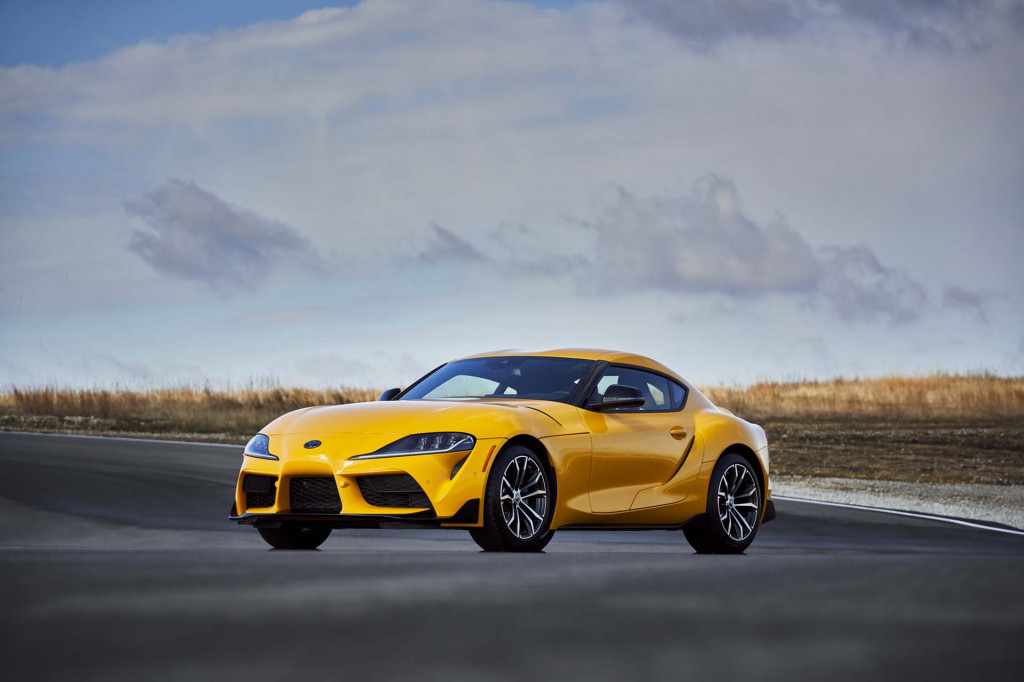
All the rest
Excess is the Supra’s calling card, at least when it comes to design. The scoops and strakes may wear better with time, but there’s no question it’s ready to tear across the hinterlands, what with all the visual hooks baked into its curt little shape.
The cabin’s tamer, and the 2021 changes haven’t made it any easier to slide into the Supra’s low seats. Getting in required that I fold myself in half, but I went hours in the sueded power seats before I grew cranky. Still, the Supra’s not made for more than 10.2 cubic feet of cargo, or for truly large adults. My advice is to pack light and leave behind people with lots of baggage. Bam, there’s your bonus life lesson.
The Supra sells technology as a sideline. Each one comes with automatic emergency braking, and this year every Supra gets an 8.8-inch touchscreen for infotainment. Apple CarPlay in wireless form costs extra on base cars, and so do blind-spot monitors and adaptive cruise control on all versions, but the higher-end Supras get wireless smartphone charging, 500-watt audio, and heated leather seats.
Prices will be set next month, but at a guesstimated discount of 10%, the 2021 Toyota Supra 2.0 offers a better balanced diet, one stripped of fat and artificial sweeteners. The turbo-4 Supra is the one I want. It’s not an argument over which is quicker, but over which is more confidence-inspiring and better integrated. Toyota sells a few sports cars now, and the Supra 2.0 sits on the optimal point on the spectrum between the weighty, shifty Supra 3.0 and the raspy 86.
I could change my mind with a few hot laps. Time on better roads will come, and better days, too. Near the end of my drive in the turbo-4 Supra, I have to stop behind a school bus a few times on the rural route that leads me back toward Interstate 10. A bus? School’s out, I think. At the last stop, a family crosses the road and accepts a box of food from the bus driver. The school has to stay open to stay funded; the family has to stay isolated to stay alive.
On this piece of rural Florida road, there are bigger quandaries than whether the Supra’s better, or not. I don’t need to know right now if the ragged edges have been mended, or if either is a real bargain. What I need to know now is that our lifelines to the before times still exist.
_____________________
Toyota delivered two Supras for this review, with as little contact as possible. We may have made eye contact.

